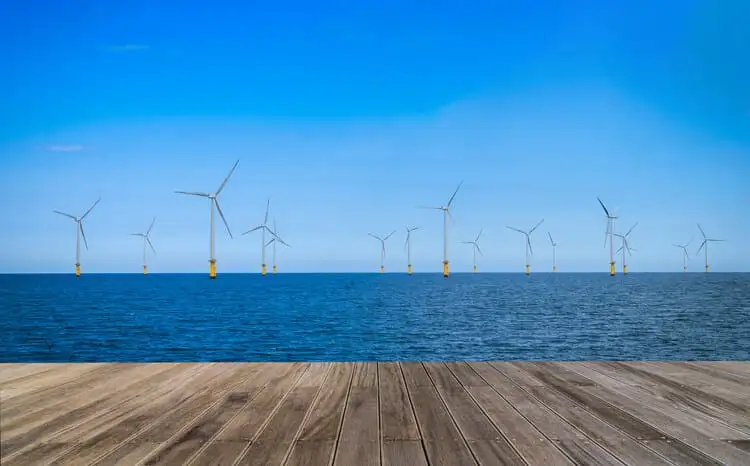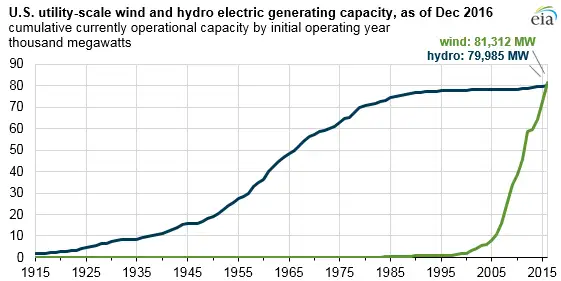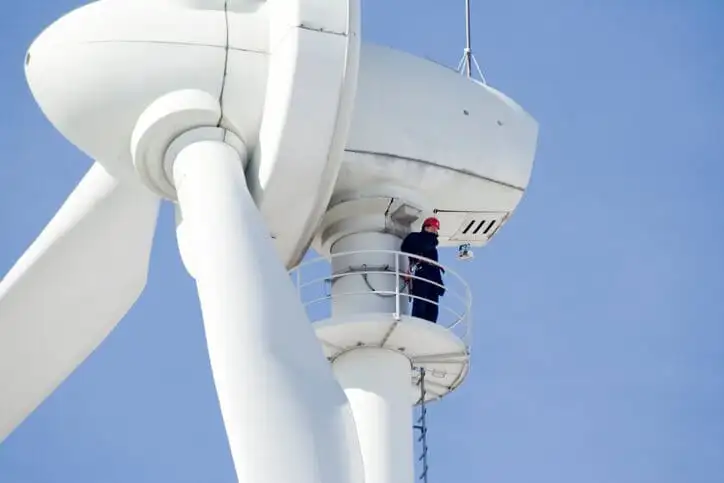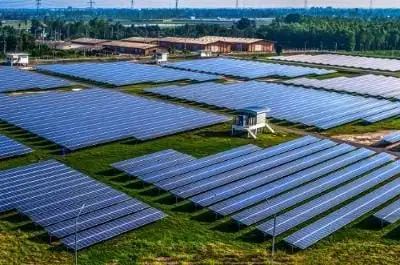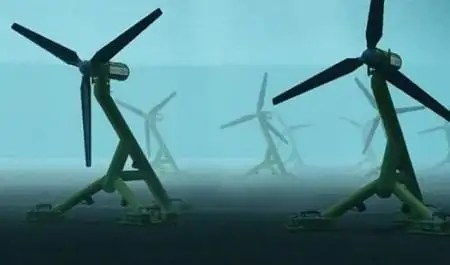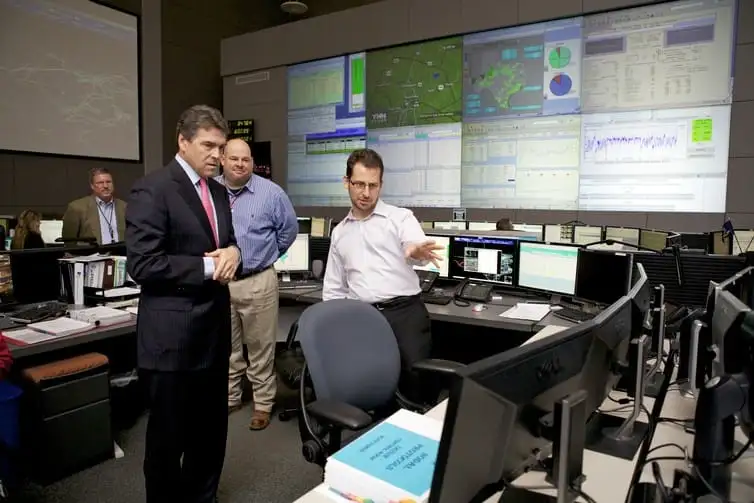Mission Innovation Adds Members, Launches Clean Energy Challenges
Electrical Testing & Commissioning of Power Systems
Our customized live online or in‑person group training can be delivered to your staff at your location.

- Live Online
- 12 hours Instructor-led
- Group Training Available
Mission Innovation unites 23 governments at COP22 to double clean energy R&D, launch seven Innovation Challenges in smart grids, off-grid access, carbon capture, biofuels, materials, solar fuels, and efficient heating and cooling.
Key Points
An alliance doubling clean energy R&D to cut costs and deploy low-carbon technologies via seven Innovation Challenges.
✅ 23 members, incl. EU; Finland and Netherlands newly joined
✅ Doubling clean energy R&D to ~$30B annually by 2021
✅ Seven Innovation Challenges span grids, access, fuels, materials
Mission Innovation countries have joined together for the UN climate change conference, otherwise known as COP22, to report on recent developments, including the addition of new member countries and the launch of seven clean energy challenges.
According to Mission Innovation, its goal is “to accelerate the pace of clean energy innovation to achieve performance breakthroughs and cost reductions to provide widely affordable and reliable clean energy solutions that will revolutionize energy systems throughout the world over the next two decades and beyond.”
As reported, Finland and the Netherlands were welcomed as the most recent members to join Mission Innovation in its effort to double clean energy research and development (R&D), increasing the total member country count to 23, including the European Union.
According to the U.S. Department of Energy (DOE), the member governments represent more than 80% of global clean energy investment and have pledged to double their clean energy R&D funding over five years to around $30 billion per year in 2021. This commitment will help drive steep cost reductions in clean energy and advance the global energy transition toward lower emissions; expand job creation for member countries; and deliver breakthrough technologies that will increase global ambition to reduce carbon emissions, keeping the temperature rise below the dangerous level of 2 degrees C.
“Mission Innovation participants are signaling their understanding that our global energy economy is going to be a low-carbon energy economy,” says U.S. Energy Secretary Ernest Moniz. “Commitment to Mission Innovation means that these countries want to create jobs for their people and also build more low-cost, broadly deployable clean energy options.”
Commissioner Miguel Arias Cañete welcomed Finland and the Netherlands to the initiative, stating, “Through its partnership, Mission Innovation represents an unprecedented acceleration of research and development of clean energy technologies, which will bring sustainable energy to people all over the world. The combination of government efforts, alongside business and investors, will deliver exciting new energies for all.”
According to the DOE, after one year, Mission Innovation members have established the foundation for accelerating clean energy innovation by working to secure and apply increased funding to country-led R&D efforts that support net-zero pathways in member countries such as Canada's race to net-zero through renewable energy.
In addition, a number of innovation challenges were launched to target the development of energy technologies that could accelerate breakthroughs and reductions in cost, a priority as analyses show that more electricity to hit net-zero will be needed in countries like Canada. Complementing efforts already under way by Mission Innovation countries, these seven Innovation Challenges are global calls to action:
- Smart Grids Innovation Challenge;
- Off-Grid Access to Electricity Innovation Challenge;
- Carbon Capture Innovation Challenge;
- Sustainable Biofuels Innovation Challenge;
- Converting Sunlight Innovation Challenge to create storable solar fuels;
- Clean Energy Materials Innovation Challenge; and
- Affordable Heating and Cooling of Buildings Innovation Challenge.
Through these Innovation Challenges, Mission Innovation members aim to encourage increased engagement from the global research community, industry and investors, including World Bank support for India's transition as a recent example, while also providing opportunities for new collaborations between Mission Innovation members.
“Mission Innovation is one of the primary vehicles for driving forward clean energy innovation on a truly global scale,” says Minister Nick Hurd, U.K. minister of state for climate change and industry. “Individually, we can achieve a lot, but together, we can go faster and further. The Innovation Challenges give a clear focus for the collective efforts of public and private researchers, innovators and investors, which will help to accelerate innovation in these areas.”
“Collaboration is essential to advancing our global response to climate change and our meeting our Mission Innovation goals. Canada will continue to invest in clean energy research and technology development and work with international partners to leverage efforts to accelerate energy technology innovation to advance the transition to a low-carbon global economy,” says Canada’s Minister of Natural Resources, the Honorable James Carr.





